By Peter Rod
As one of the biggest and best gastronomic weekends of the year fast approaches, it’s time to start paying attention to which wines you will pair with your traditional holiday feast.
Note: Peter originally wrote this piece in December of 2017, but it still holds up in 2022.
It’s not a simple case of picking a fine vintage and hoping it will show well. Why risk diminishing the quality of delicious food or fine wine with a random choice? Pay close attention to tastes and textures and you’ll increase the hedonism and joy by leaps and bounds!
Pairing food and wine doesn’t matter
at Christmas? Bah humbug, I say
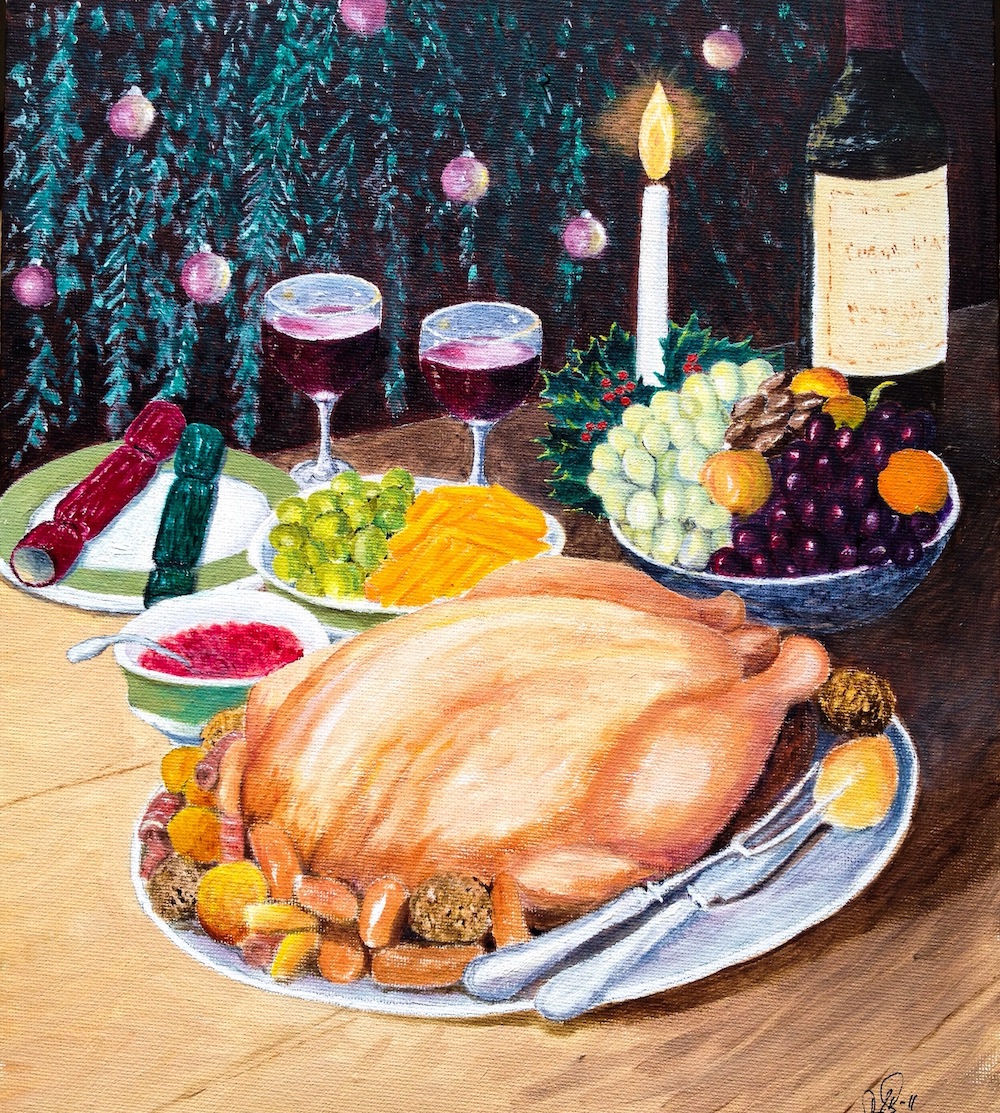
Turkey, ham, goose, sweet potatoes, roast potatoes, mashed potatoes, Brussels sprouts, green peas, roasted carrots, roast chestnuts, cranberry sauce, pork stuffing, gravy, shortbread, pumpkin pie, and plum pudding with brandy sauce. Weight will be gained, naps will be taken, fireplaces will burn warmly, and the laughter of children will fill our households with joy and merriment. Many fine wines will be uncorked and shared with friends and family.
Ah yes, holiday feasting is just around the corner. No matter your tradition or diet, culture, or age, gastronomically speaking, this time of year is always highly anticipated and cherished by so many. Some advice: “Drink what you like and don’t worry about pairing the right wines to this complex holiday nosh.” I say, bah humbug.
Of all the great feasts of the year, this one demands more than any that we consider our menus closely and find the perfect bottles to carry the evening to even greater hedonistic heights. After all, it doesn’t take much effort to find a bottle that will celebrate the bite of acidity in those cranberries or echo the richness of that lovely brown gravy pooling in the centre of your buttery mashed potatoes.
Random choices, however, may suffer if paired poorly to the intensely rich, sweet, sour, complex flavours on our plates.
Imagine deciding to open your last bottle of mature $2,000 Bordeaux only to find it’s devoid of fruit and bitter thanks to the adverse effects of the lean turkey breast with umami-rich pork stuffing!
In this article, I’ve attempted to dissect the traditional Brit-inspired holiday feast enjoyed at so many tables across North America and direct you towards compatible wine styles in the hopes you can turn the pleasure dial all the way to 11.
I’ve taken things one step further and have included some classic holiday dishes from different parts of the world. After all, Canada makes up the greatest melting pot of cultures on the planet so why not celebrate several?
Let’s talk turkey
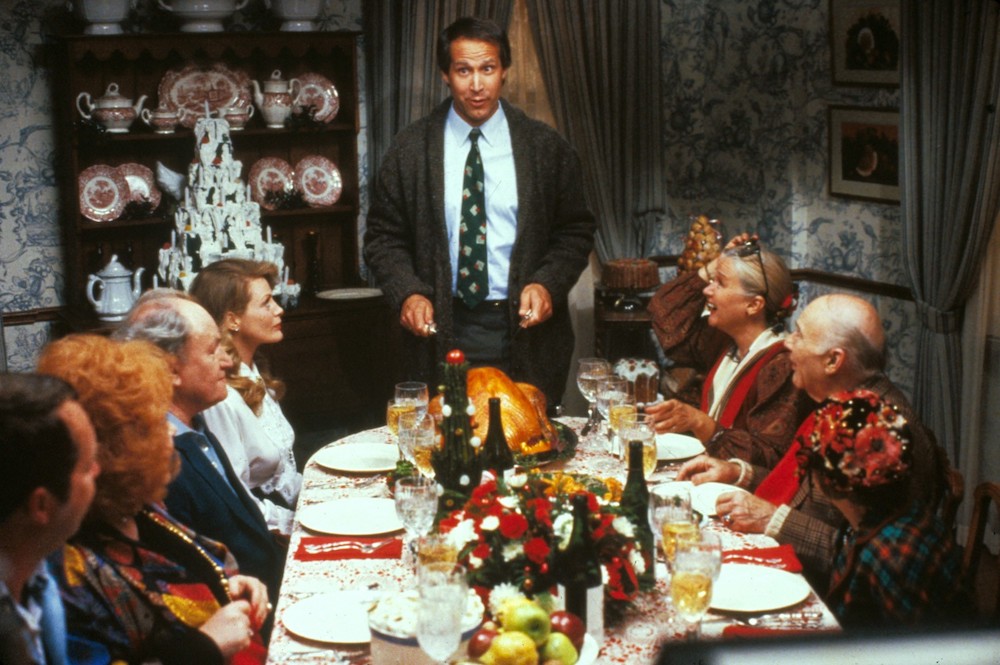
At the centre of the classic North American holiday feast is the roast turkey. By itself, the pairing is somewhat irrelevant as it’s the traditional sides served alongside that are really driving the proverbial bus. To start, turkey is shy on fat and can sometimes be dry, so we certainly don’t need tannin to further dry the palate.
This eliminates all of the more robust, full-bodied, young reds such as Cabernet Sauvignon, Malbec or Syrah. Furthermore, the degree of umami (Google Dr. Kikunae Ikeda, 1907 for details) present in the potatoes, gravy and stuffing further supports staying away from strong tannins for fear they will become aggressively bitter and astringent.
Digging a little deeper, we are faced with sweet elements such as cranberry, sweet potato, sweet peas, and roasted, glazed carrots. In this case, we should be thinking of a wine with plenty of ripe berry character to ensure the sweetness of the food doesn’t strip the wine of its beautiful fruit thereby leaving behind an empty shell of acid and oak.
The acid present in the cranberry sauce plus the need to aid in digestion of this many-thousand-calorie gorge-fest suggests we also try to serve wines with sufficient acid backbone.
Finally, the richness of the gravy and dressing, combined with the overall intensity and complexity of flavours begs for a wine with similar intensity and richness. Add it all up and varieties such as Pinot Noir, Gamay, and similar fruit-rich, soft, and juicy reds will work well. Warmer climate, hot vintage, or later harvested, riper versions from Ontario, California, Oregon, or Chile will work particularly nicely as they will have plenty of robust silky fruit required to stand up to the intensity of the food.
For those of you drinking white, use the same rules to guide your selection. Serve fuller bodied, fruit-rich, pleasantly tart, with even a hint of residual sweetness and you are golden. Consider Pinot Gris, Gewurztraminer, Viognier, or ripe New World Chardonnay. A little bit of oak is never a problem as it will latch on to any sweet spices you might have used such as nutmeg in your yams or allspice in your stuffing.
Beyond the traditional bird
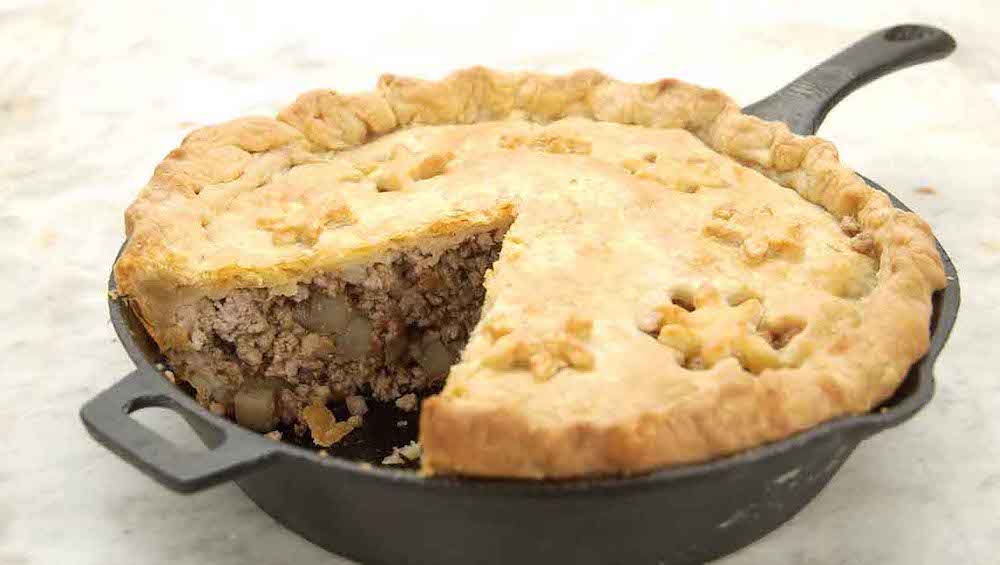
If instead of turkey you wish to serve tortière (Quebec), roast ham with pineapple and clove (U.S.), or spice and fruit-rubbed roast beef (Ireland), all three would shine beside very similar wine styles. In Germany, it’s not uncommon to see roast goose on the holiday table instead of turkey, and typically it’s served alongside potato dumplings, red cabbage, and kale stew. Once again, the richness and fattiness of the goose alongside the acidity of the kraut begs for a flavourful white with bright acid and plenty of fruit. Es ist Zeit für den Riesling! Find one that’s fuller bodied and just off dry from Ontario, Alsace, Austria, or warmer German regions such as the Pfalz.
Why not bubbles?
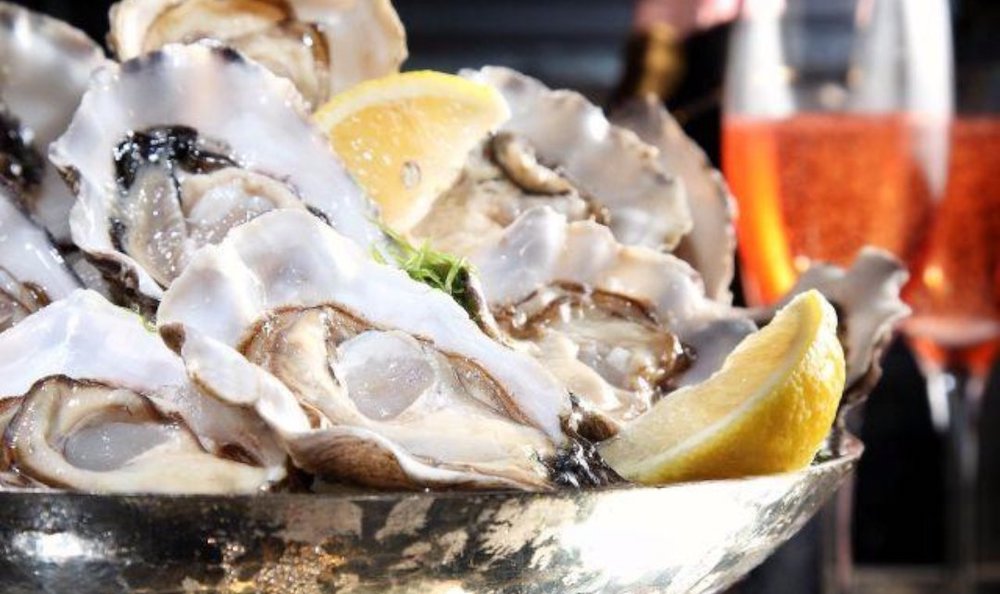
If you happen to be eating potato latkes for Hanukkah or Coquilles St. Jacques, fresh oysters on the half shell or smoked salmon with crème fraiche for Reveillon in France, consider a fine, mature Champagne or traditional method sparkling wine.
The acid and bubbles of the wine will induce the release of saliva thereby cleansing the palate all the while stimulating the appetite and aiding in digestion of these delicious appetizers.
Curiously, some Japanese have celebrated a unique tradition for their Christmas feast since the early 1970s when this brand entered Japan with an aggressive marketing campaign. Kurisumasu ni wa Kentakki encourages the Japanese to go out, stand in long lines and bring back a bucket of Kentucky Fried Chicken for the holiday feast. Many do, and Champagne is the wine of choice to wash down the Colonel’s secret recipe of herbs, spices, and deep frying fat.
Feast of the Seven Fishes
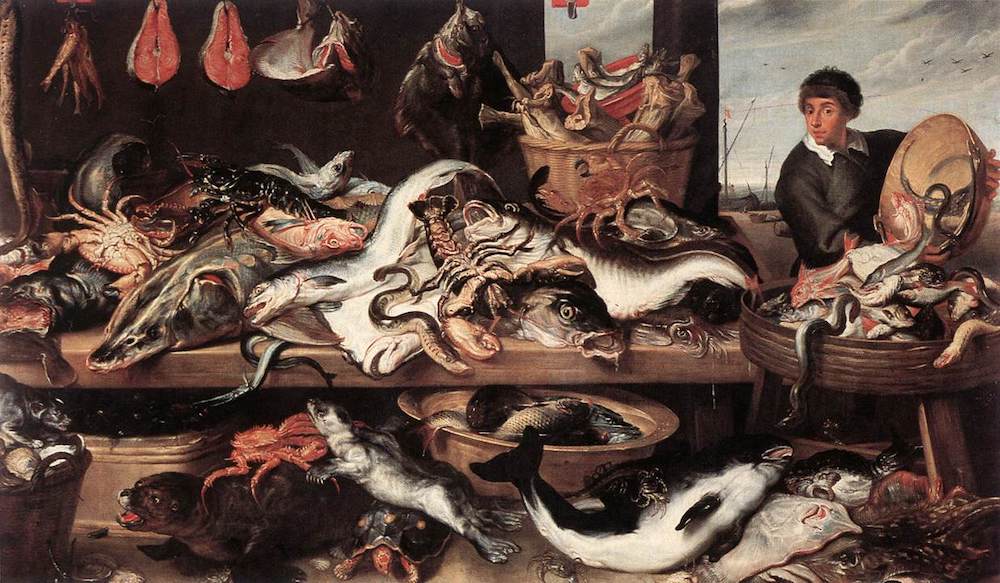
The Feast of the Seven Fishes is a Christmas Eve celebration of all things marine for many Italian Americans. Roast fish, zuppa de pesce, stuffed calamari, salt cod and various other southern Mediterranean delights are served one after the other in a sumptuous dinner that lasts most of the night.
Tomatoes, cheese, olives, and herbs often complete the recipes and once again, low tannin, fruit-rich, juicy reds are the order of the day. Consider opening a berry-filled Dolcetto, pretty Barbera, or savoury, fruity Gaglioppo and if shopping in Niagara, once again consider Pinot Noir or Gamay as alternatives.
The sweet ending
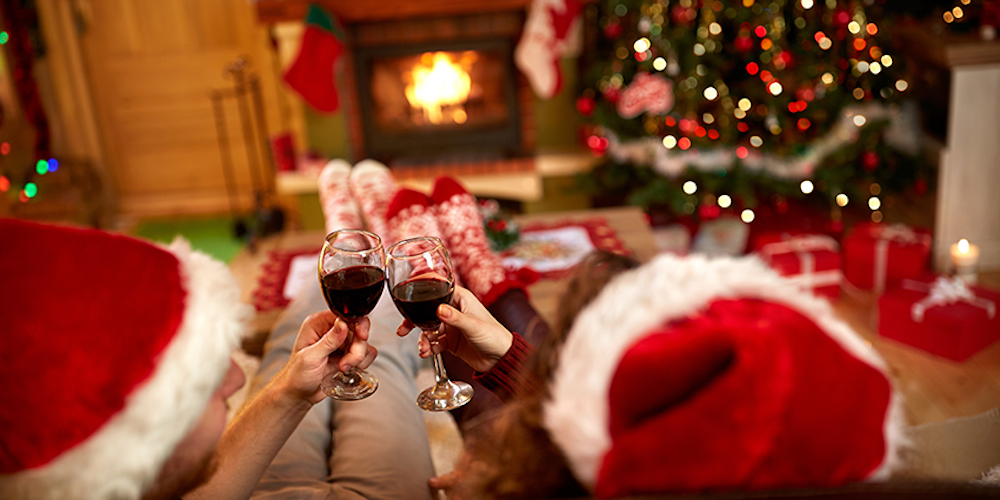
The plethora of traditional holiday desserts, which complete the feast, offer unique wine-pairing challenges of their own. The one rule, which should be top of mind, is to ensure the wine you serve is as sweet as or sweeter than the dessert.
Sugar in food has a tendency to make a wine seem more acidic and less fruity so it’s important that you choose a wine that might taste as if it’s losing some of its sweetness while still remaining balanced and enjoyable. Let’s divide our holiday desserts into two camps: those desserts which beg for sweet white wines and those who beg for sweet red wines.
After dinner fare such as Panettone (Italy), Stollen (Germany), Sufganiyot (Israel), or Melamakaroma (Greece) are all ideal with sweet white wines such as Riesling or Vidal icewines, Sauternes, Tokaji or Beerenauslese, and can even be served with dulce Oloroso Sherries or other fortified wines such as French Muscat Beaumes-de-Venise or Greek Muscat of Samos.
Desserts such as Plum Pudding, Mince Tarts (UK), Sacher Torte (Austria) or Būche de Noel (France) have darker fruits, chocolate, or richer, more intense flavours so would be happier beside a sweet red wine such as Cabernet Franc Icewine or a fine Port. A great Malmsey Madeira is at home with pretty much all the above.
So, there you have it – some simple advice on how to make your holiday celebrations even grander and more memorable. For those of you still intending to just grab any old favourite bottle regardless of the implications of the food, I wish you a very happy holiday too although you may never find out what fun you could have had!





Comment here